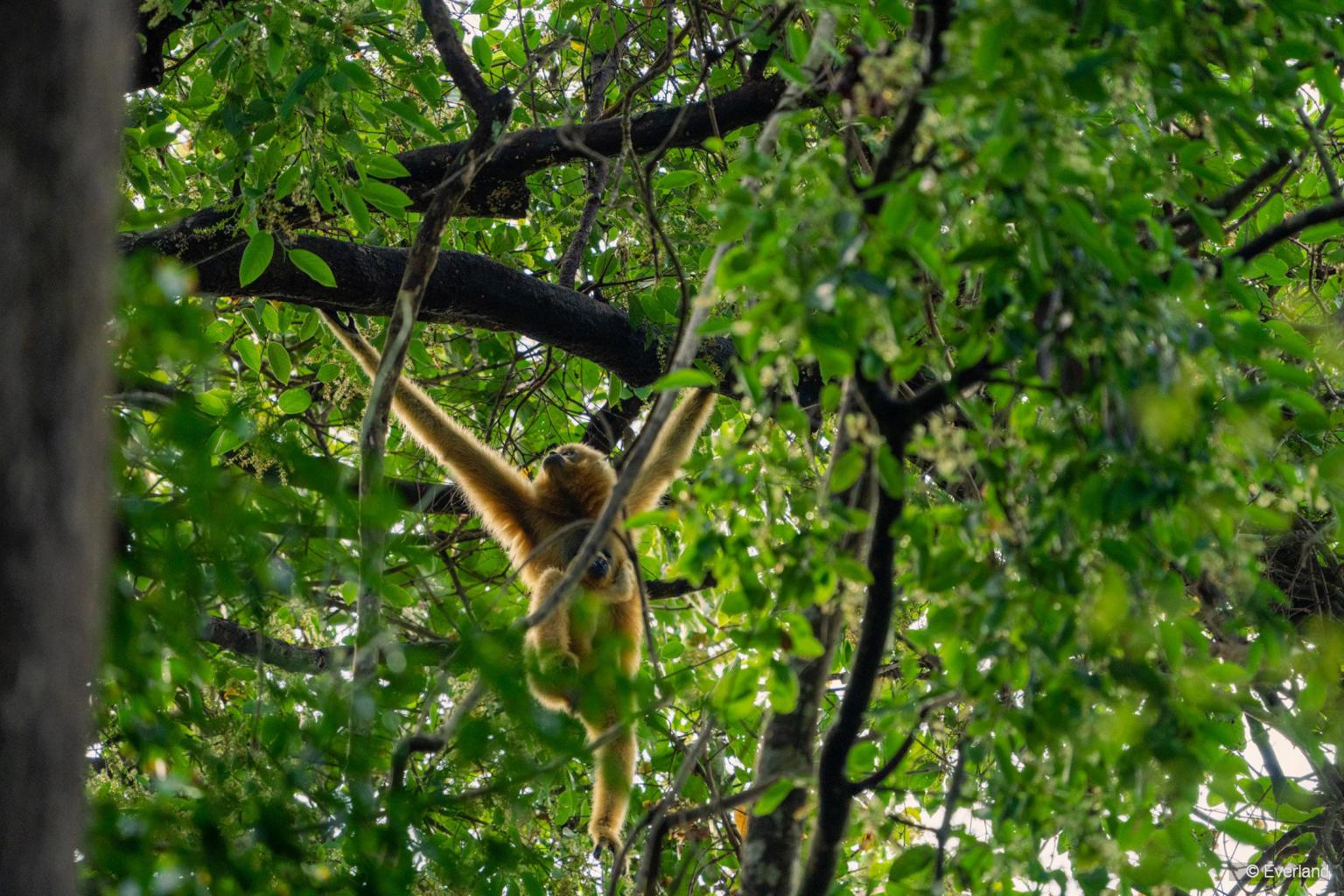Google injects $1.4m to fund Mandai Nature's conservation projects to tackle climate change
Sign up now: Get ST's newsletters delivered to your inbox

An upcoming mapping tool can help to zero in on carbon-rich areas such as Cambodia's Keo Seima Wildlife Sanctuary, also a haven for wildlife and biodiversity.
PHOTO: EVERLAND
Follow topic:
SINGAPORE - An open-source mapping tool of South-east Asia's swathes of rainforests, mangroves, seagrass and peatlands will be developed to help nature conservation group Mandai Nature identify carbon-rich areas rife with biodiversity that can be conserved to mitigate climate change.
This is part of a $1.4 million injection by Google's philanthropic arm Google.org, its first sustainability fund.
Mandai Nature, established in 2020 by Temasek and Mandai Wildlife Group, will work with seven other environmental non-profit organisations - including BirdLife International and World Resources Institute Indonesia - to develop this tool.
The eight non-profits are part of a unit called the South-east Asia Climate and Nature-based Solutions Coalition.
With the tool, the coalition will be able to plot locations with natural resources that can take in carbon and conserve the wildlife and biodiversity of the areas, said Mandai Nature chief executive Kavita Prakash-Mani.
Preserving and restoring coastal mangroves, forests and peatlands - which act as a carbon sink to soak up carbon dioxide - makes for a reasonable nature-based climate change mitigating solution, she added.
It changes the game when these efforts can also conserve the areas' rich wildlife and biodiversity to benefit the indigenous people living on the land, added Ms Prakash-Mani.
Google employees will share their expertise with the coalition to build the initial stages of the tool.
The $1.4 million grant was announced at Google Singapore's 15th anniversary event on Tuesday (Aug 23).
Commenting on the need for technology-based sustainability solutions, Google Singapore managing director Ben King said: "We've seen that a major challenge for non-profit organisations in tackling the ongoing climate crisis has been the lack of credible data and evidence to inform where and how to implement programmes at the pace and scale required."
A trial version of the map is expected to be rolled out to the coalition and other conservation partners by early 2024. The open-source tool will later be made accessible to other organisations and investors.
So far, few research reports on nature-based solutions have illustrated in detail what good natural climate projects look like, said Ms Prakash-Mani.
Therefore, the coalition will also use the tool to plot good examples of such projects to pave the way for a comprehensive guidebook on how to plan, implement and evaluate successful nature-based solutions.
Ms Prakash-Mani cited the Keo Seima Wildlife Sanctuary REDD+ Project in Cambodia as a successful nature-based project.
REDD+, or reducing emissions from deforestation and forest degradation, is a United Nations-backed scheme in which investors protect threatened forests, boost carbon stocks within them and enhance their conservation value.

Through the protection of one of Cambodia's important forests, 25,000ha of deforestation have been avoided since 2010, the habitats of critically endangered primates protected, and the ancestral land of the Bunong indigenous people left untouched. Revenues from carbon credit buyers and investors have helped to make these happen and create around 450 jobs.
After finishing the mapping tool and guidebook, the coalition aims to find and support at least three highly promising nature-based solution projects in South-east Asia later this decade.
Commenting on the upcoming Web-based tool, Professor Koh Lian Pin, director of the National University of Singapore’s Centre for Nature-based Climate Solutions, said modern technologies are crucial in studying remote and inaccessible forests and the wildlife that reside in those areas.
“Satellite data coupled with machine-learning techniques are now part of the toolkit for scientists and rangers to collect data and monitor activities in areas of conservation interest,” he added.

